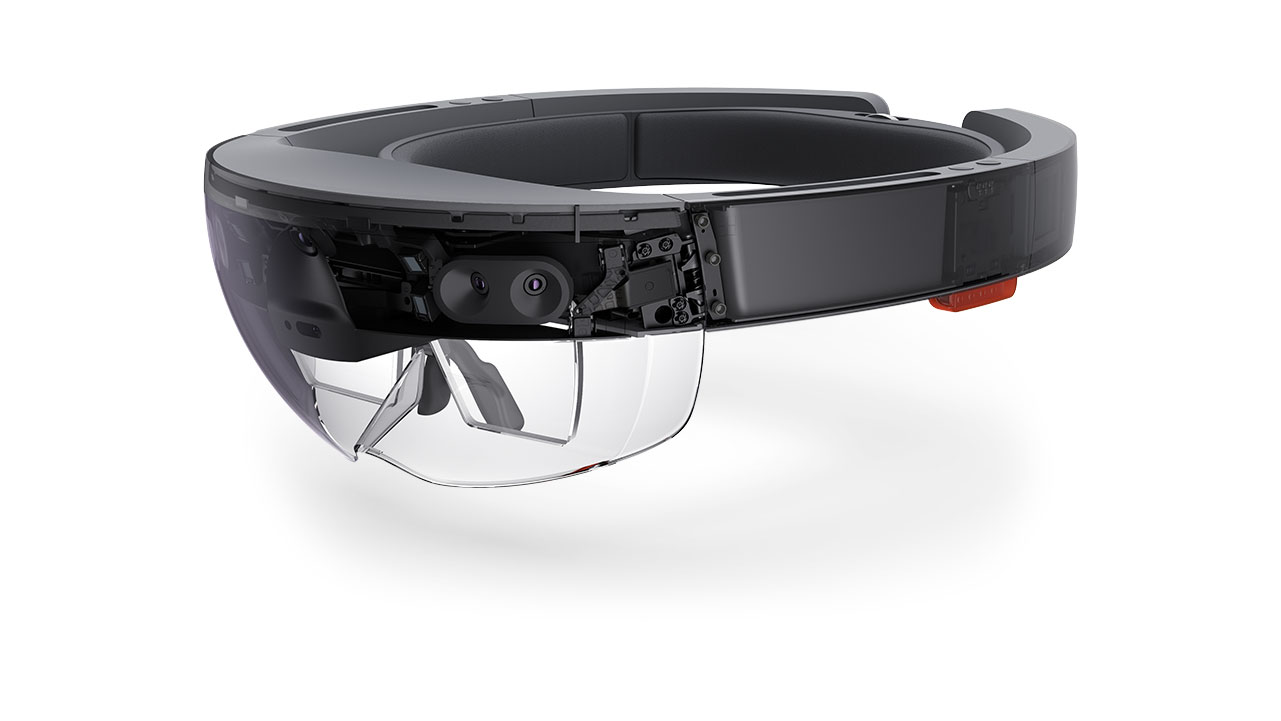
TL;DR
- Reaching goals without regard for how you do it costs companies and societies far more than money.
- Activities are more than fun, they're for learning, bonding, achievement, and more.
- Fulfilling employee needs is a profitable business model.
- Leading with values is the best way to care for and grow a business.
I recently watched the movie Ender's Game, and one line stood out to me. Ender is in a military institution, and one of his superiors is pushing total destruction of the enemy, including at the cost of their own army. Ender fervently replies, "No, the way we win, matters."
I can't get this out of my head. It's a cornerstone in my life, and especially in how business should be done. A good business leader should bring not only results, education, direction and mentorship, but do it in a way that's interactive, collaborative, adds variety, and even fun.
Variety and Fun
With variety and fun, I don't mean Nerf dart fights in the hallways, I mean activities that take the monotony out of meetings, help a team understand a concept, or increase participation and motivation. In the pressure-cooker of business, it's important to not just deliver, but deliver in a way that promotes stability, unity, and even enjoyment. Would you rather deliver, or deliver with a workforce and customer that feels valued?I like to bring that value to the workplace. Jane McGonigal has been on the leading edge of serious games for quite some time. Her book Reality Is Broken is all about how games have been educating and bonding us for centuries. She describes how we can leverage activities to educate, and even do work for us. Do you retain a lesson better from a PDF you read on your screen, or from an activity that you shared with your colleagues? People benefit more from interpersonal activity, and those are the things that make a difference in the work environment.
Games, variety and activities will encourage motivation, and break the monotony of work. Many struggle to get the everyday work done on time, few are those who consider the enjoyment of the environment as part of the process. However, the benefits are tangible. Employees who enjoy their workplace will grow in value to the company, and will commit to the place that values them.
The Best Talent Responds to Leadership, Not Command
I feel like this is old news, yet command-and-control is everywhere. I think it's because we're not brought up to be collaborative thinkers and problem solvers. The opposite of command-and-control is servant leadership. It means that your ego is not what comes first. You're there to help others achieve the common goal. Servant leadership is harder because it takes patience, compassion, and thought. Hierarchy filters out all of that, and leaves you with simply "do what is told."Hierarchy also filters out transparency and agency from those you lead. Without these, the people who do the work can't be relied upon to create the best solutions. It hides information, removing the opportunity to create more value and growth for the business. The business itself is stunted. Flexibility is lost. I have often seen one unquestioned bad apple near the top spoil a whole vertical of business. Yes, there is a need for tie-breakers and people to make a final decision. Good servant leaders make space for safety, autonomy, and respect, which in turn builds commitment, creativity, flexibility, and satisfaction. Scrum done well also promotes this environment.
Lead With Your Values
To be a good leader, you have to be a good human yourself. If you're a leader who hasn't set aside time to consider values, then now is a great time. I promise it will benefit you in unexpected ways.Human Values
Autonomy, respect, to be listened to, to feel safe. These are all basic human emotional needs. There are many more, and these are the bare minimum to valuing people. If a company or interaction doesn't offer this to employees or customers, how can we expect them to respond well? What are your own human values that you need, and should give to others in return?Scrum Values
Traditional project management extols the virtues of doing the right thing, while acknowledging there are grey areas. That's about it. Scrum goes further by identifying and placing at the center of its framework the values to keep the project, and people on-track.Each Scrum value below has both human & business meanings, can you find examples of both?
- Focus, Respect, Openness, Courage, Commitment
Business Values
What does your business value? What drives its goals beyond profitability? When making your business values, they shouldn't be repeats of the human and Scrum values listed above, they should be in addition to those. You can also think more globally, since that's how your business likely operates. Once you have business values, then ask what is your business doing to actively put them into practice? The answer to this question is the difference between what I call public relations values (a false pretense established to make a business look good), and authentic values.Let's Get Over Differences
People process information differently, respond to stimulus differently, and everything can be done in ways that are different from what we might expect.- Primary bias comes from the false assumption that everyone is supposed to be mostly the same. Uniform.
- Secondary bias comes from the idea that those within a group will always act the same.
By removing these bias, we open up to a higher diversity of people and ideas that can bring value to the business. Instead of working to tear down someone with a difference of opinion (or anything else), let's find out more about why there's a difference, and what can be done to create improvement for all sides.
A society forms by preserving a set of values, and its norms become culture. Whether or not the society can adapt to a changing environment will determine its success (a bit like Scrum). So let's recognize the differences, understand them, and work with them. People have differences, but there's always a lot more common ground that can bring us together. Until we consider all sides, no resolution will be final, because it's not just winning that matters.
The way we win, matters.













